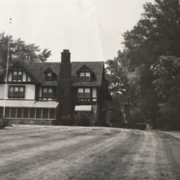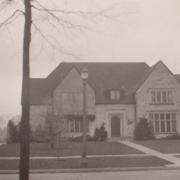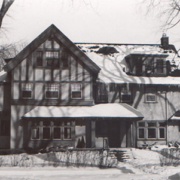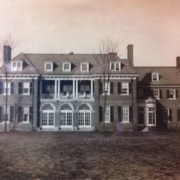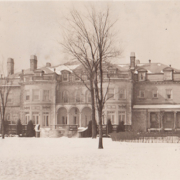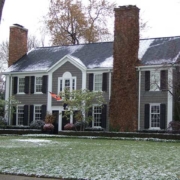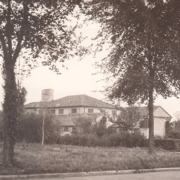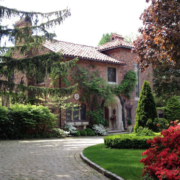Historical Architecture of Grosse Pointe – The Lost Estates – 111 Lakeshore
Lets continue with our review of the lost estates of Lakeshore. Over the past few weeks we have featured some stunning homes, most recently the William P. Stevens estate – 431 Lakeshore.
The number of mansions that have been razed over the years is astonishing. According to an article in the Detroit News (1997) ‘of the 43 estates listed in a 1956 article about mansions in the Pointes, only 13 still exist’, and since 1997, more have fallen.
This week we turn our attention to 111 Lakeshore, also known as ‘Cherryhurst’ – home of engineer, and financier Paul Harvey Deming.
111 Lakeshore was built in 1907. It was one of the first year round residences to be built in Grosse Pointe Farms. French farmers first inhabited the two-acre site along Lakeshore in the 1700’s. It was also the site of Grosse Pointe Farms’ first summer cottages, built for two wealthy Detroiters in the late 1800’s. Source: web.archive.org – mcgi.state.mi.us
The lot, as depicted by the plan below, was a long and narrow property, measuring 130 feet wide and 614 feet deep. It was reached by a private drive off of Lakeshore Road
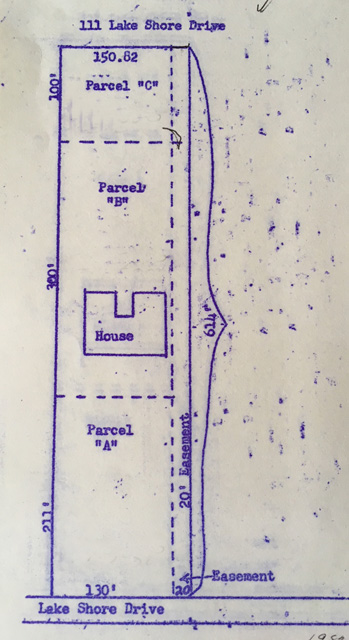
Created in the Tudor Revival architectural style this exquisite home was a colossal 15,000 square ft three story residence built in the shape of a U. Source: www.revolvy.com. It features many of the defining characteristics found in Tudor revival homes such as decorative half timbering, a steeply pitched roof, long rows of casement windows, stucco on the exterior along with half timbering on the exterior of the second floor.

The interior also reflects this popular architectural style with detailed woodwork, paneling and archways present in many of the rooms. The property featured 10 fireplaces, many of which were carved limestone. The spectacular 29’ x 23’ sq ft entrance hall is paneled with beech (as depicted in the photo below).
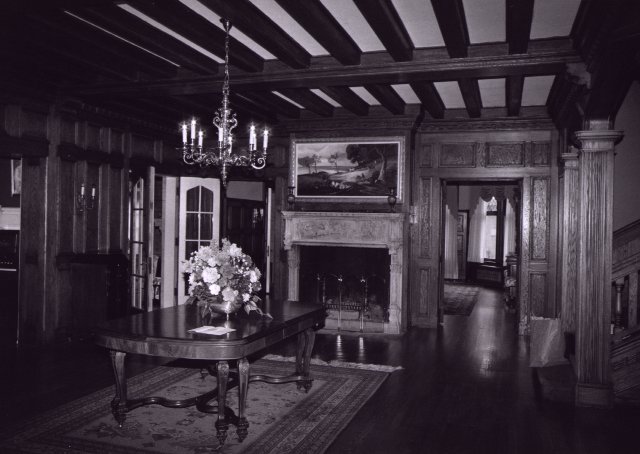
There were several grand rooms on the first floor, including the 20’ x 35’ sq ft living room, the 24’ x 18’ sq ft dining room, a large 22’ x 18’ sq ft kitchen, along with an extravagant 43’ x 25’ sq ft ballroom.
The upper floors featured 11 bedrooms in total. Six of the bedrooms were on the second floor, and all had fireplaces, and a bathroom. In addition there was a 14’ x 9’ sq ft study (with porch), a 17’ x 14’ sq ft library (with fireplace) along with an additional apartment with an extra bedroom, living room, kitchen, and a private entry. The third floor contained four bedrooms, two bathrooms; an extra room sized 25’ x 42’ sq ft, and an enclosed porch.
In 1996 the home was listed on the National Register of Historic Places, and became a Designated Michigan State Historic Site.
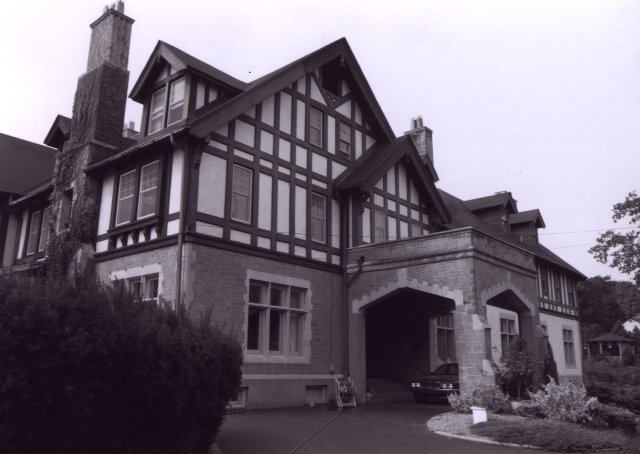
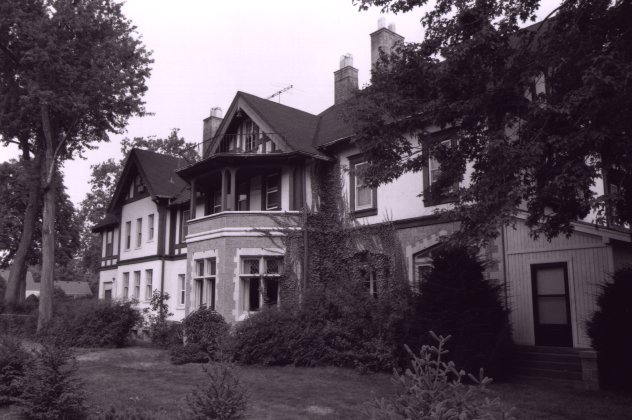
The original owner of the home, Paul Harvey Deming, was born in Cleveland in 1874. After graduating from high school in Cleveland Mr. Deming attended Cornell University, where he studied law and civil engineering. On leaving university he worked as an engineer for the White Motor Company, which manufactured the White steamer. In 1900 the company sent Mr. Deming to New York City to become supervisor of business operations, where he would stay for four years. In 1904 Mr. Deming married Helen Smith (of Detroit), daughter of a financier and lumber baron – together, they had three children. In 1905 he switched industries and started a career in banking. He became vice president of the American State Bank of Detroit, where he would stay until 1919. He then joined the House Financing Corporation as vice president and treasurer. He also held the position of director at the Union Commerce Corporation and the Union Trust Company of Detroit.
During his time living at Cherryhurst Paul Deming served as president of the village, and remained deeply involved in village business even after his term was finished.
Paul Deming, and his family, endured financial hardship during the great depression, which greatly diminished his wife’s fortune. By the early 1960’s his financial struggles overtook him, and sadly he took his own life in 1961. Source rootsweb.ancestry.com
As with so many of these grand mansions it was a stunning home. However, despite receiving the recognition of having a place on the National Register of Historic Places, and being a Designated Michigan State Historic Site the home was demolished in 1997.
Written by Katie Doelle
Copyright © 2018 Katie Doelle

